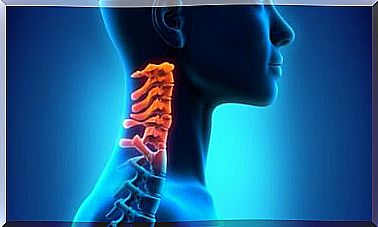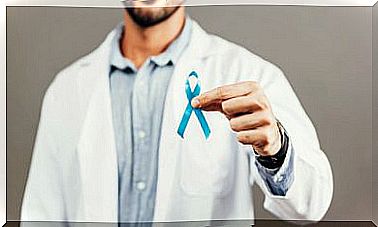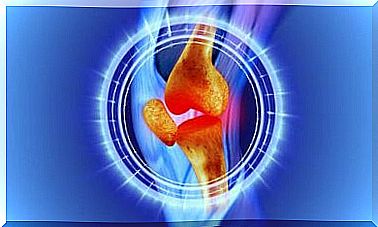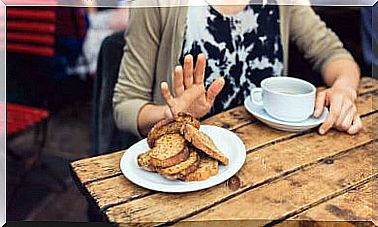These Are The Differences Between Osteoarthritis, Arthritis And Osteoporosis!
Arthrosis, arthritis and osteoporosis are often confused with each other.
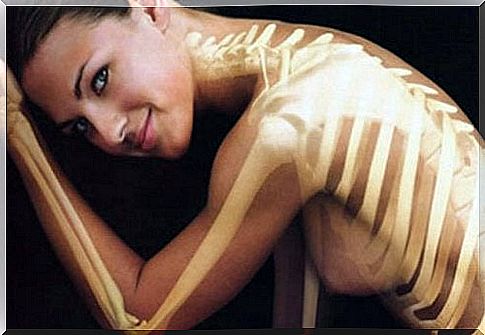
Osteoarthritis, Arthritis and Osteoporosis, What’s the Difference? What exactly does grandpa have, what does grandma suffer from and why does the neighbor’s knee joint hurt?
The three diseases are all related to degenerative changes in bones or joints, but what exactly?
Aren’t osteoarthritis, arthritis, and osteoporosis the same thing?
Osteoarthritis, arthritis and osteoporosis are very often not only confused with one another, but also literally lumped together, although they are three fundamentally different diseases.
The only thing they have in common is that it is a degenerative disease in which body tissue does not change for the better.
In the following we would like to introduce you to these three diseases in more detail in the hope that you will be able to differentiate between them better in the future. In addition, we supplement this information with some tips on how to prevent the disease or how to treat it.
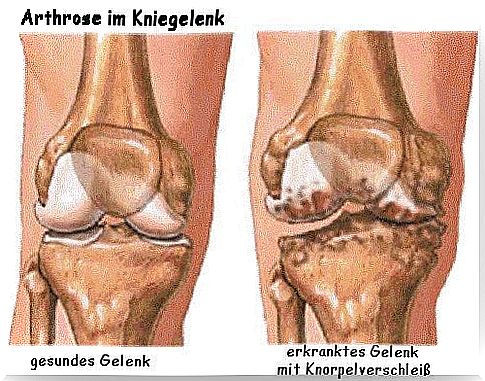
arthrosis

Osteoarthritis is very often equated or confused with arthritis, but there is a major and fundamental difference between the two similar-sounding diseases.
Arthrosis is joint wear and tear without inflammation, arthritis is always associated with inflammation of the joint! An inflammation of the joints (arthritis) can lead to osteoarthritis.
Osteoarthritis is wear and tear on the joints that goes beyond the normal range. It is normal for joints to wear out over the course of a lifetime.
If the wear and tear already occurs at (too) young years or if it is above average, one speaks of osteoarthritis. The causes are varied, but they can usually be narrowed down to the following:
- Obesity
- Overload, e.g. in competitive athletes
- Misalignments / incorrect loading
- osteoporosis
- Injury / operations
In principle, osteoarthritis can develop in all joints, but it is particularly common in the knees and ankles. In advanced disease, the affected joint can also deform, similar to what can be seen in rheumatism.
There are basically several treatment methods that can be used for osteoarthritis. There are various techniques that are intended to regenerate the articular cartilage or to prevent further degeneration.
However, it depends on how badly the ankle is already affected and which areas have been affected.
Because these procedures are not always successful, so-called conservative therapies are generally recommended , which serve to slow down the progression and stop the disease.
The first step on the list is always to achieve a normal body weight in order to significantly reduce the load on each step.
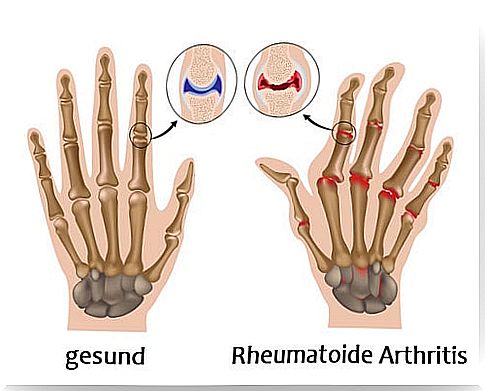
arthritis

Arthritis is an inflammatory disease of the joints that occurs particularly in old age. Typical symptoms of arthritis are, in addition to pain, warming of the affected joints, swelling and reddening of the affected area.
When there is inflammation, the joint always heats up, sometimes it swells or the skin over it becomes red. There are several causes of arthritis. The most common are:
- Rheumatism,
- bacterial infections (for example after surgery) and
- Gout.
Not everyone sees conventional medicine as a guarantee for healing their arthritis and the discomfort and pain it causes.
Almost every second patient with arthritis should look for alternatives to conventional medicine, but we also point out that these therapies should only be used as additional therapy and not as the only and only alternative.
The following therapies are also possible:
- acupuncture
- Lymphatic drainage
- Joint wrap
- Low level laser therapy
- homeopathy
- Diet change
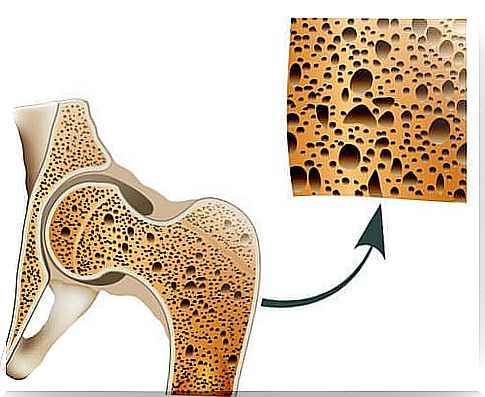
osteoporosis

Osteoporosis is a disease of the bones that slowly creeps into your body and is often only noticed when it is too late, the first bone is broken and the bone substance has already been irreversibly damaged.
In popular parlance, osteoporosis is also called “bone loss”, which is what is in the name of what happens: the bone lacks more and more substance, it becomes porous.
In osteoporosis, the composition and structure of the bone tissue change, so that the bone loses more and more of its stability and flexibility.
This can result in broken bones in the event of occasionally high everyday stress or even slight falls.
It can happen that lifting a heavy object leads to a fracture of the spine! So what can you do to prevent osteoporosis?
- Eat a bone-friendly diet (collagen, calcium and magnesium)
- Pay attention to calcium in your diet (mineral water, whole grain products, broccoli, kale or almonds)
- Movement (Light exposure to pressure promotes stable bone mass.)
- Get out in the sun ! (Calcium can only be built into our bones if vitamin D3 is available as an “installation aid”)
- Quit smoking (Smoking promotes inflammation)
- Watch out for medication (many medications increase the risk of developing osteoporosis, e.g. antidepressants, heartburn remedies, cortisone)

